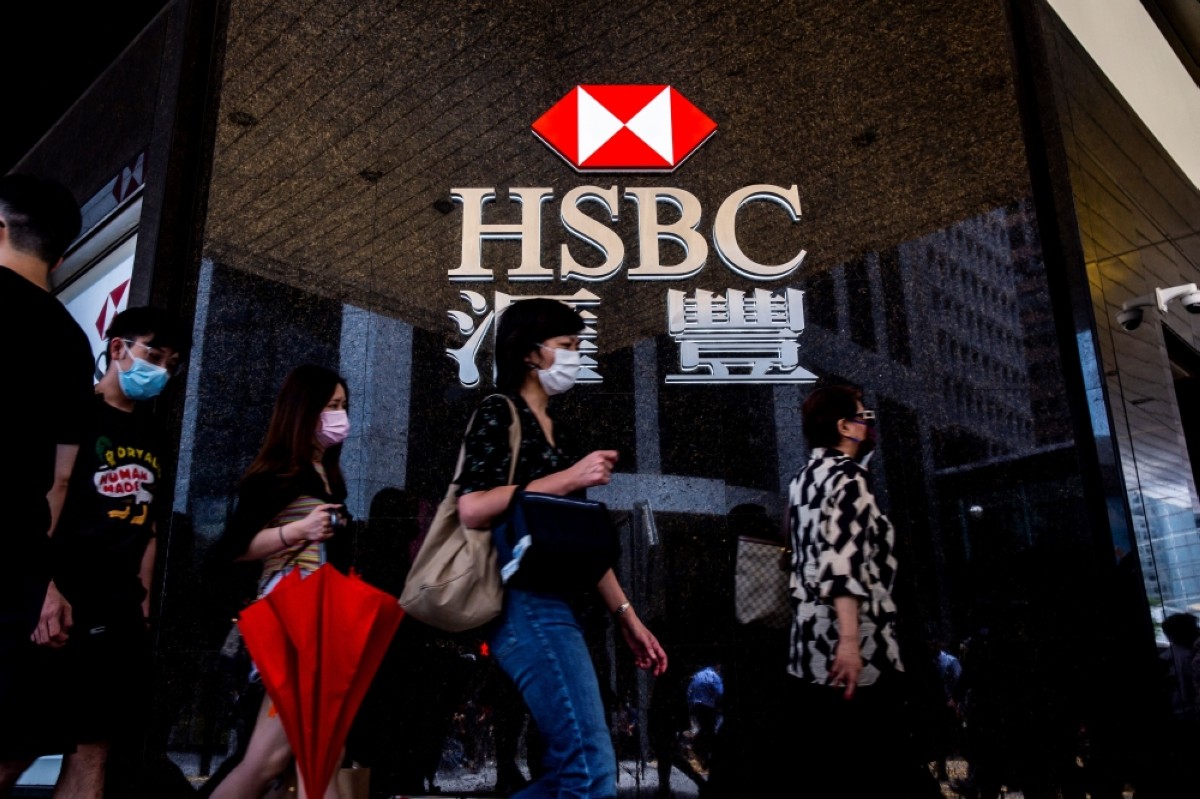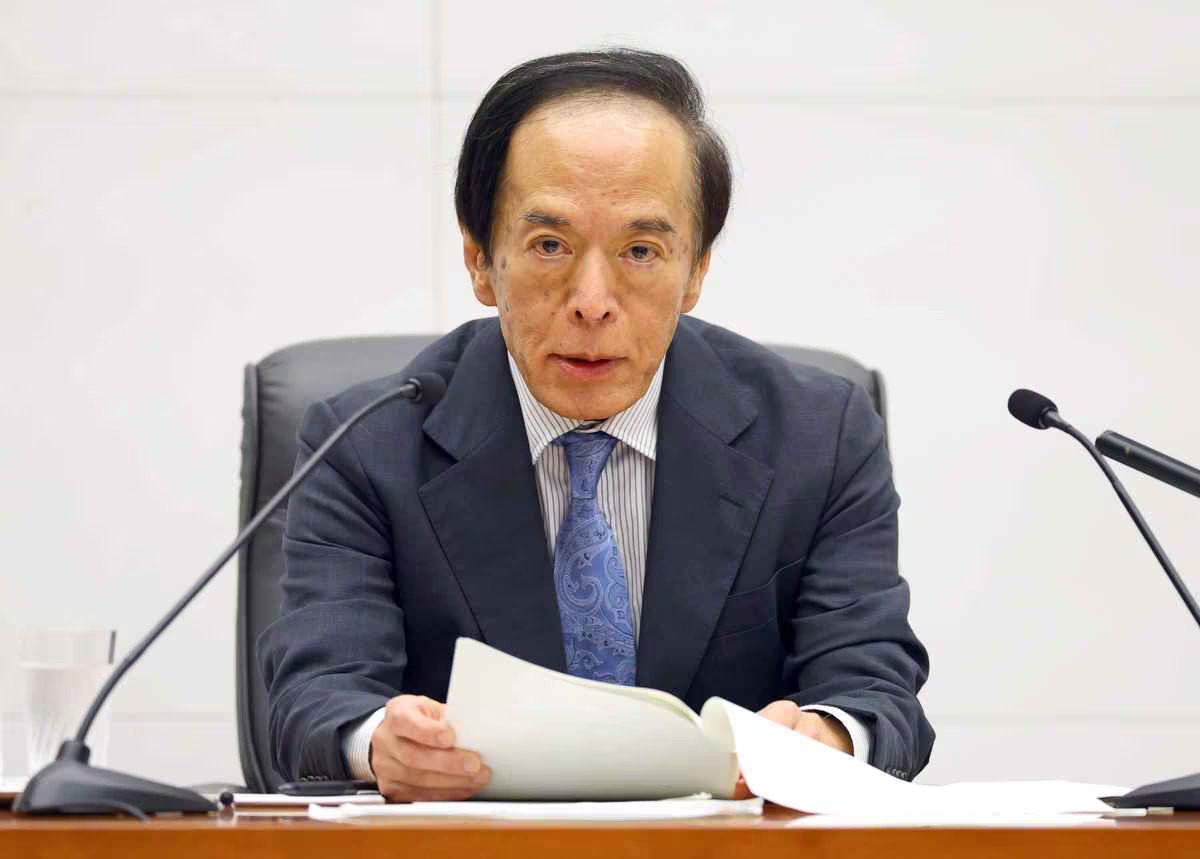US labor market shows mixed signs amid Fitch downgrade
KUWAIT: In the US, the latest ISM manufacturing index came in at 46.4, well below 50, indicating that the manufacturing sector is still in contraction.

The figure displays the eighth month of the US manufacturing sector coming in at contraction territory, albeit at a slower pace. Meanwhile, PMI in the services sector declined to 52.7 from 53.9 previously. Although economic activity in the US services sector continues to expand, July’s reading shows a pullback in growth as the Fed look for signs of softening inflation in the services part of the economy.
Over in the US, the latest JOLTS job openings came in at 9.58 million, below the forecasted 9.61 million, dropping to its lowest level since April 2021. Nevertheless, the latest number comes to show that the labor market is still historically tight despite the aggressive interest rate hikes by the Fed. This decline is just what Fed doves needed to advocate for stopping interest rate hikes in the next meeting to not exert more pressure onto the economy. It seems that a “soft-landing” is very much achievable in the United States.
While the Fed started its vigorous rate hike increases, the fear of recession started to loom. However, the resilient labor market seems to have just done enough to fade away those fears, and that was evident once again in the latest ADP non-farm employment change data released. The latest reading showed that private payrolls increased by 324K, squashing the forecasted number of 191K. This comes as a breather for Fed officials as the latest data show that inflation is slowing down, without having the burden of dealing with the massive unemployment that usually comes with a recession. Unemployment claims The number of Americans filing for unemployment claims increased to 227,000 from 221,000 previously amid a series of mixed employment data coming over the week.
Moreover, non-farm employment change came in at 187,000 versus an expected figure of 205,000. While both data points exhibit a possible softening in the labor market, the unemployment rate fell to 3.5 percent from 3.6 percent previously. Fitch Ratings downgrade Fitch Ratings announced on Tuesday a downgrade on US credit from the highest AAA rating to AA+ amid a “steady deterioration” of governance and politics. The ratings agency stated that several debt ceiling gridlocks and last minute resolutions indicated an “erosion of governance” amid higher interest payments and debt burden. US Treasury Secretary Janet Yellen strongly disagreed with the decision stating that it is “arbitrary and based on outdated data.”
Moreover, white house press secretary Karine Jean-Pierre said “we strongly disagree with this decision.” The US dollar index ended the week higher at 102.017. Eurozone inflation Over in the eurozone, annual headline inflation is down to 5.3 percent from 5.5 percent previously, largely due to the underlying drop in energy prices. Moreover, Food, tobacco and alcohol is expected to be at 10.8 percent annually this month, a notable drop from last month’s figure of 11.6 percent. Despite this, core inflation remains sticky, coming in at 5.5 percent annually matching last month’s figure. Services inflation also accelerated to 5.6 percent from 5.4 percent previously.
While this is still a long way off the ECB’s inflation rate target of 2.0 percent, the worry shown by ECB speakers regarding weakness in consumer demand as well as these figures might just be enough to allow the ECB policymakers to tolerate the idea of sitting and evaluating the effects of their rapid tightening. Markets are currently pricing in no hike for the September ECB meeting as officials vow to remain data dependent. The euro ended the week in decline, with the EUR/USD currency pair closing at 1.1010. BoE hikes by 25bps The Bank of England (BoE) proceeded with an interest rate hike on Thursday of 25bps, sending its official bank rate to a 15-year high of 5.25 percent.
The British economy has witnessed unintended records recently, with inflation reaching a 41-year high of 11.1 percent last year, and now modestly dropping to 7.9 percent, almost quadruple the intended BoE inflation target of 2 percent. Bank of England governor Andrew Bailey attributed the inflation in service prices to the economy’s sticky inflation, stating that “continued strength in services price inflation may suggest high inflation will persist.” The British economy’s inflation of 7.9 percent is the highest of any major economy, and as a result, the BoE remains very hawkish in its statements with the most recent being that “the MPC will ensure that Bank Rate is sufficiently restrictive for sufficiently long to return inflation to the 2 percent target.”
The sterling fell over the week, with the GBP/USD currency pair last trading at 1.2748. China manufacturing The latest news coming out of China is not encouraging in the slightest, with the latest PMI data showing a drop in the non-manufacturing services sector all the way to 51.5 from 53.2 previously, and way off the forecasted 52.9 figure. Another similar drop in the services sector could well send the figure below the 50 threshold, sending the aforementioned sector into contraction, alongside the manufacturing sector that is still below the 50 mark, although it slightly rose up to 49.3.
The majority of the non-manufacturing PMI components are already showing contraction, with the only component being well and truly above the 50 mark being the “expectations” component, raising concerns that the only reason behind the optimism in this component comes from the hope that the government will come up with some sort of stimulus that will bring life to the economy. The USD/CNY currency pair ended the week lower, last trading at 7.1706. RBA holds cash rate The Reserve Bank of Australia (RBA) decided to hold the cash rate at 4.10 percent.
In their policy statement delivered by Governor Philip Lowe, the central bank declared that “inflation in Australia is declining but is still too high.” Lowe added, “The decision to hold rates unchanged provides further time to assess the impact of the increase in interest rates to date and the economic outlook.” Australia is still suffering from persistent inflation in the services sector as well as a historically tight labor market.
This has prompted the central bank to leave open the possibility of further hikes when the statement read “Some further tightening of monetary policy may be required to ensure that inflation returns to target in a reasonable timeframe, but that will depend upon the data.” Markets are currently pricing in no change for September’s RBA meeting. The Australian dollar is down on the week following the decision to hold rates steady, with the AUD/USD pair last trading around 0.6569. Kuwait Kuwaiti dinar USD/KWD closed last week at 0.30730.











